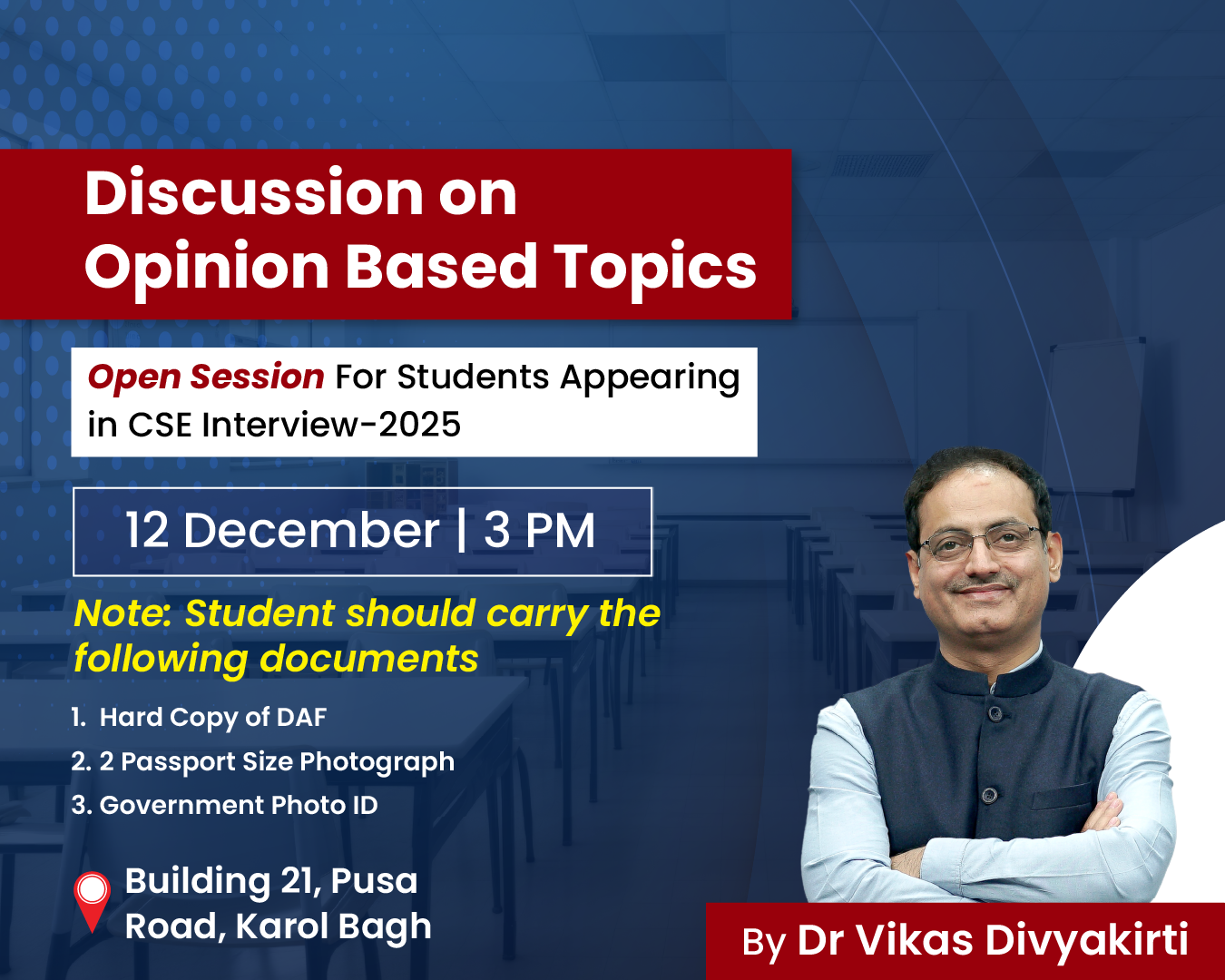-
18 Jul 2025
GS Paper 3
Science & Technology
Day 29: Technology is a key enabler of inclusive development in India. Examine its role in bridging the urban-rural divide. (150 words)
Approach:
- In introduction, briefly define inclusive development and use recent data to frame the digital divide context.
- Examine technology’s role across key sectors with bullet-pointed evidence and sentence subheadings.
- Conclude suitably.
Introduction:
Technology drives inclusive development by promoting access, equity, and opportunity. According to the Comprehensive Modular Survey Telecom 2025 survey, smartphone usage among youth is near-universal (97.1%), yet rural mobile ownership (69.3%) lags urban (82%) by 13 percentage points. Similarly, only 3.2% of rural households have optical fibre access compared to 14% urban. These gaps highlight that while connectivity has expanded, meaningful digital inclusion remains uneven.
Body:
Filling Urban-Rural Divide:
- Digital Infrastructure Expansion: Government initiatives like BharatNet and affordable data access have enabled 83.3% of rural households to access the Internet.
- Rural Financial Inclusion: Over 80.7% of youth use UPI, reflecting wide penetration; however, only 63.4% of rural youth can perform digital banking, compared to 79.7% in urban areas.
- Education Platforms: Programs like PM eVidya and DIKSHA allow rural students to access quality content, but only 56.9% of rural young women own phones, limiting independent use.
- Telemedicine: Platforms like eSanjeevani have provided over 100 million teleconsultations, reducing the urban-rural disparity in specialist healthcare access.
- e-Governance: Direct Benefit Transfer (DBT) systems now deliver subsidies to rural accounts, bypassing intermediaries and improving service efficiency.
Challenges:
- Digital Skills: Only 22.9% of youth can draft documents, and rural women are at just 19.5% proficiency, highlighting a usage and productivity divide.
- Cyber Awareness: Merely 20.8% of rural youth can file cybercrime complaints, indicating poor preparedness against digital threats.
- Internet Access: With only 3.2% of rural households on fibre, most rural Internet use depends on mobile networks, which are prone to speed and reliability issues.
- Gendered Digital Divide: A 20-point mobile ownership gap between men and women (83.3% vs 63%) restricts women's autonomy in using tech for learning or entrepreneurship.
Conclusion:
India’s progress in digital reach must now be matched by efforts to ensure digital depth-that is, skills, meaningful access, and empowerment. Bridging the urban-rural digital divide demands not just connectivity but targeted capacity-building, infrastructure equity, and inclusive digital ecosystems.





